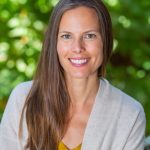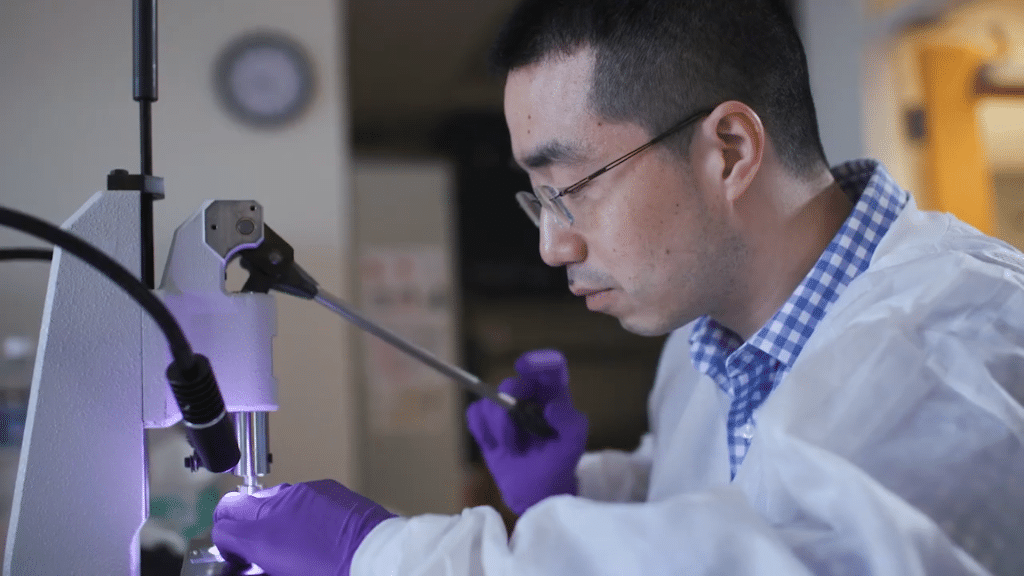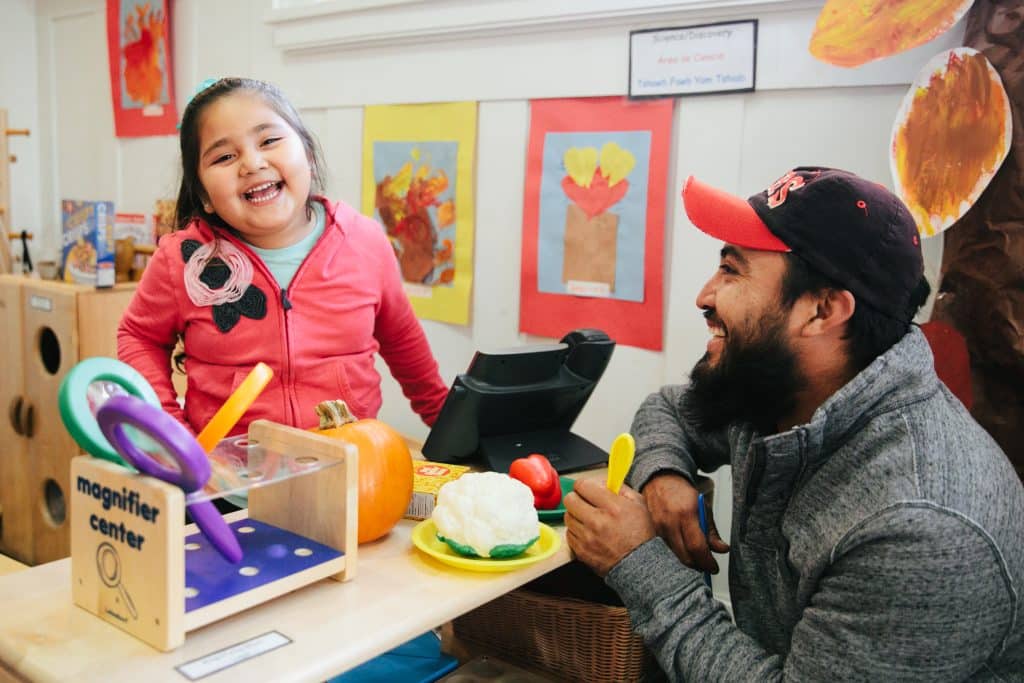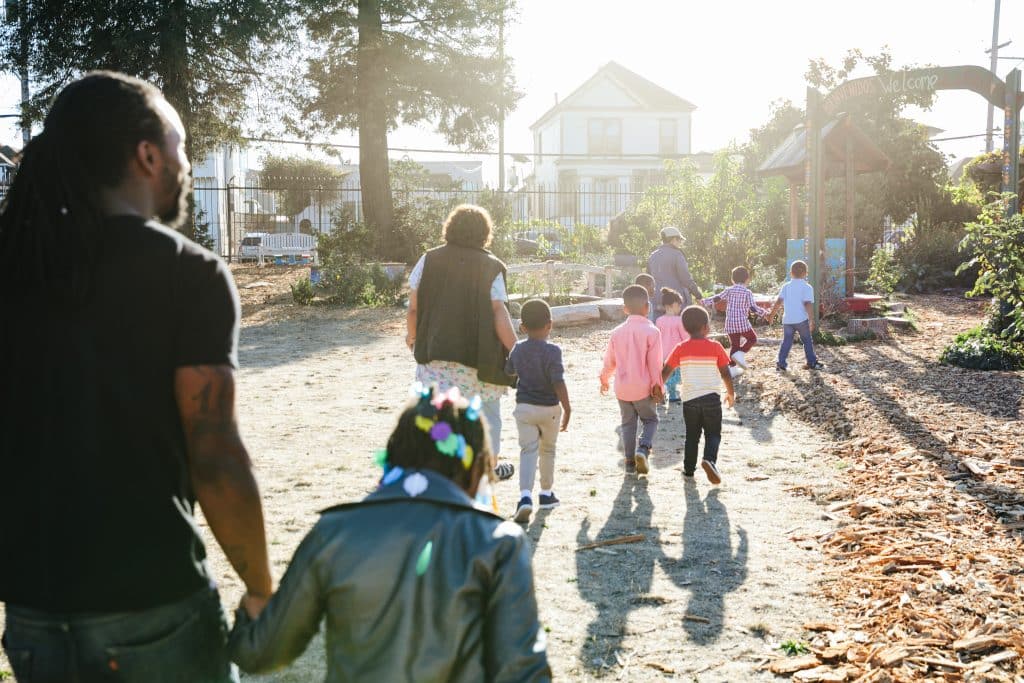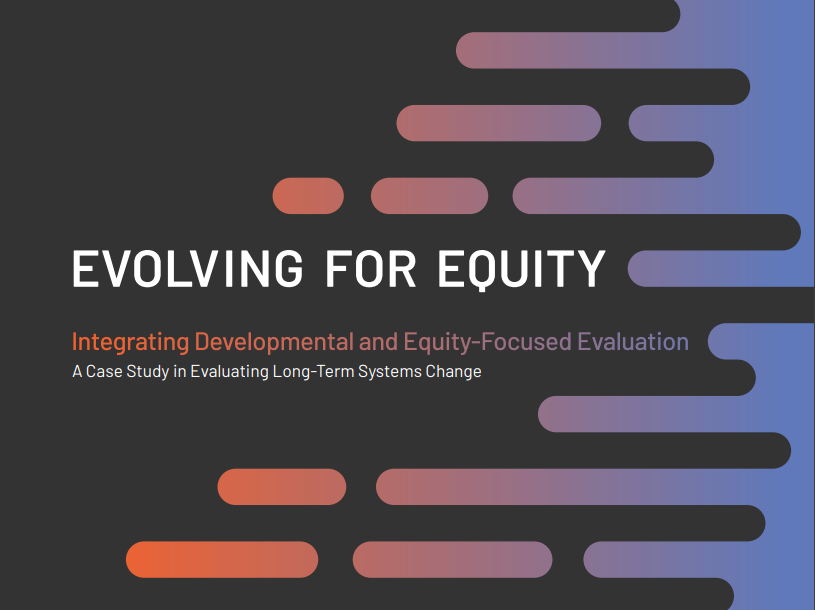Throughout the world, humans fear conflict, disease, and threats to the health of our planet. Here at home, far too many know another fear — wondering where their next meal will come from. While the Packard Foundation works globally to tackle issues like climate change, we also partner locally to address the personal, painful issue of hunger.
In San Mateo and Santa Clara counties, so close to the riches of Silicon Valley, you might assume limitless abundance is available for all. Yet an estimated one in four people here are at risk for hunger. There are the elderly and disabled living on fixed incomes. The father suddenly out of work. The hard-working single mother supporting small children. The grown daughter caring for an ailing parent. There are newcomers to the country with little and the homeless with less. Hunger is not an abstract issue — it’s a human one. Second Harvest Food Bank of Santa Clara and San Mateo Counties doesn’t just relieve immediate hardship in their communities — they create lasting change.
Second Harvest Food Bank of Santa Clara and San Mateo Counties doesn’t just relieve immediate hardship in their communities — they create lasting change. They look at hunger from every angle: immediate relief, health habits, obstacles to access, and the emotional toll. The Second Harvest team is made up of experts who understand the communities they serve. More than 35 years ago, we recognized something different in their approach and began to support their work as a partner. Together we have pooled our expertise and resources to support those facing hunger — so that anyone who needs a meal can get one.
Second Harvest Food Bank of Santa Clara and San Mateo Counties doesn’t just relieve immediate hardship in their communities — they create lasting change.
From the start, the model at Second Harvest had a dual purpose: addressing temporary need and overcoming the obstacles to a hunger-free future. The team at Second Harvest recognized that their work was not just about providing food. It had to be the right food — food that kept the community healthy and energized. Armed with this knowledge, they were the first food bank in the country to hire a full-time nutritionist. They focused on offering fresh food, using an education-based approach to help people in their community understand the importance of a healthy diet. Community members visiting the food bank began to ask for recipes, so the Second Harvest team created recipe cards designed to showcase easy, delicious preparations of available produce. With cards translated into Spanish, Vietnamese and Chinese, the nutrition programs took off. As a Nutrition Program Manager points out, “people visiting the food bank are appreciative of the food, but might not fully understand the nutrition issues in their diet. Second Harvest helps them see the full picture.”
With an abundance of seasonal donations, Second Harvest also faced another challenge — sometimes, fresh food means unfamiliar food. Less common items often perplexed or discouraged visitors. The Second Harvest team wanted to make sure nutritious produce didn’t go unused — what good was healthy food if no one ate it? As people received bags of ripe fruits and vegetables the team ran “eggplant intervention” to describe the hearty, purple vegetable. Staff members also stepped in to explain easy ways to enjoy the mysterious, but delicious spaghetti squash. Sensing skepticism about more adventurous recipes, the Second Harvest team held food demonstrations and offered tasting samples as people waited in line for produce.
As the recession drove thousands of people to their doors for the first time, Second Harvest looked to expand. In 2010, they had a unique opportunity to meet the growing demand — scaling up their operation by adding a third Costco-like warehouse facility, which would double their available space. With aisles and aisles for food storage, a ten thousand square foot cooler and plenty of space for volunteers to separate the good apples from the bad, this move would transform a successful food bank into a major business operation. At the request of Second Harvest, we enthusiastically helped fund the capital campaign for the new building, providing a $1 million grant and the first significant donation for the $10 million campaign to fully renovate the space. So much additional refrigeration space meant a greater capacity to store the freshest, most nutritious food. The new warehouse became a central produce hub. To fully leverage this new asset, we introduced Second Harvest to an operations and supply chain expert who spent a year with their team facilitating this fundamental change to their distribution model. This expansion and investment resulted in more than just scale — it drastically shortened the time required to get more fresh food into hands and onto dinner tables.
A growing operation also meant an increased need for volunteers. Second Harvest works with over 300 non-profit distribution partners to move food off their shelves and into people’s homes. The Mobile Pantry program travels into neighborhoods to serve families who have difficulty getting to a pantry or soup kitchen. Operation Brown Bag delivers bags of groceries to seniors every week. And Second Harvest has found no shortage of people willing to help distribute fresh food, far and wide.
The daughter who moved home to care for her elderly mother? The day she picked up a supply of groceries, she immediately asked how she could give back and volunteer. The father who was suddenly out of a job because an accident at work left him disabled? In Second Harvest he found more than just food — he found hope and community. Now a regular volunteer, he reflects on his experience, “when I woke up and knew I would be able to eat, I began to have the energy to think about what else I could do. Maybe I could help someone else, put a smile on someone else’s face.” He picked up his own bag from Second Harvest and began volunteering, befriending people who came in with the same worried look he used to wear.
Their success has also created an impact we can never know, and never measure.
Second Harvest has changed the story of hunger for so many thousands of people in our communities. The old model for combating hunger was the simple transfer of resources from those who have to those who need. Second Harvest goes further, demonstrating what can be achieved when you think beyond today to develop permanent, scalable solutions for tomorrow. This long view is evident in the expanded reach of the food bank, its successful nutrition education work, and the creative solutions that have overcome the obstacles to access so many people face.
Their success has also created an impact we can never know, and never measure. It is felt by local families who now set the table without worry. Community elders who feel renewed connection and support. Parents who send their children to school knowing they’ve had a nutritious start to the day. By taking a human-centered approach to hunger and strategically expanding, Second Harvest has not just changed the story of hunger for the community, but for so many individual people who no longer have to fear it.

